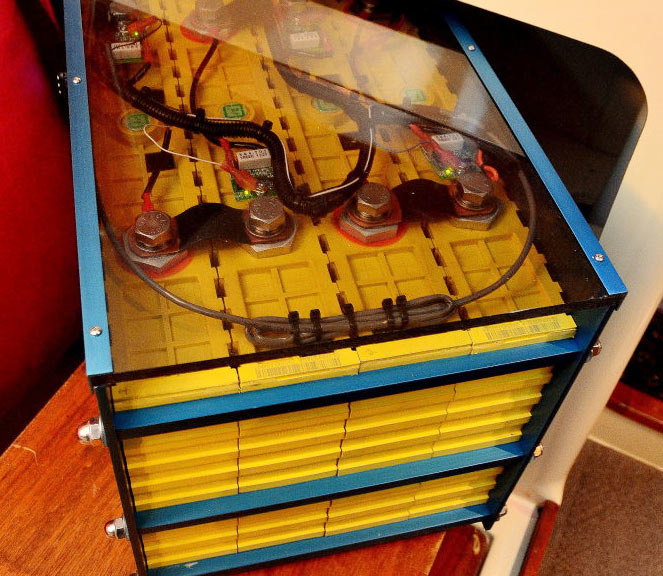orangeminnie
New Member
- Joined
- Feb 5, 2020
- Messages
- 198
Constant Current/Constant Voltage Without Cutoff = 14.4V Float? Everything Much of what I've read suggests that floating at 14.x volts is a bad idea for long term survival maximum lifespan of LiFePo4 banks. So why do some of the well-respected charger brands do this, and some of the well-respected battery suppliers say it's OK?
Last edited:



